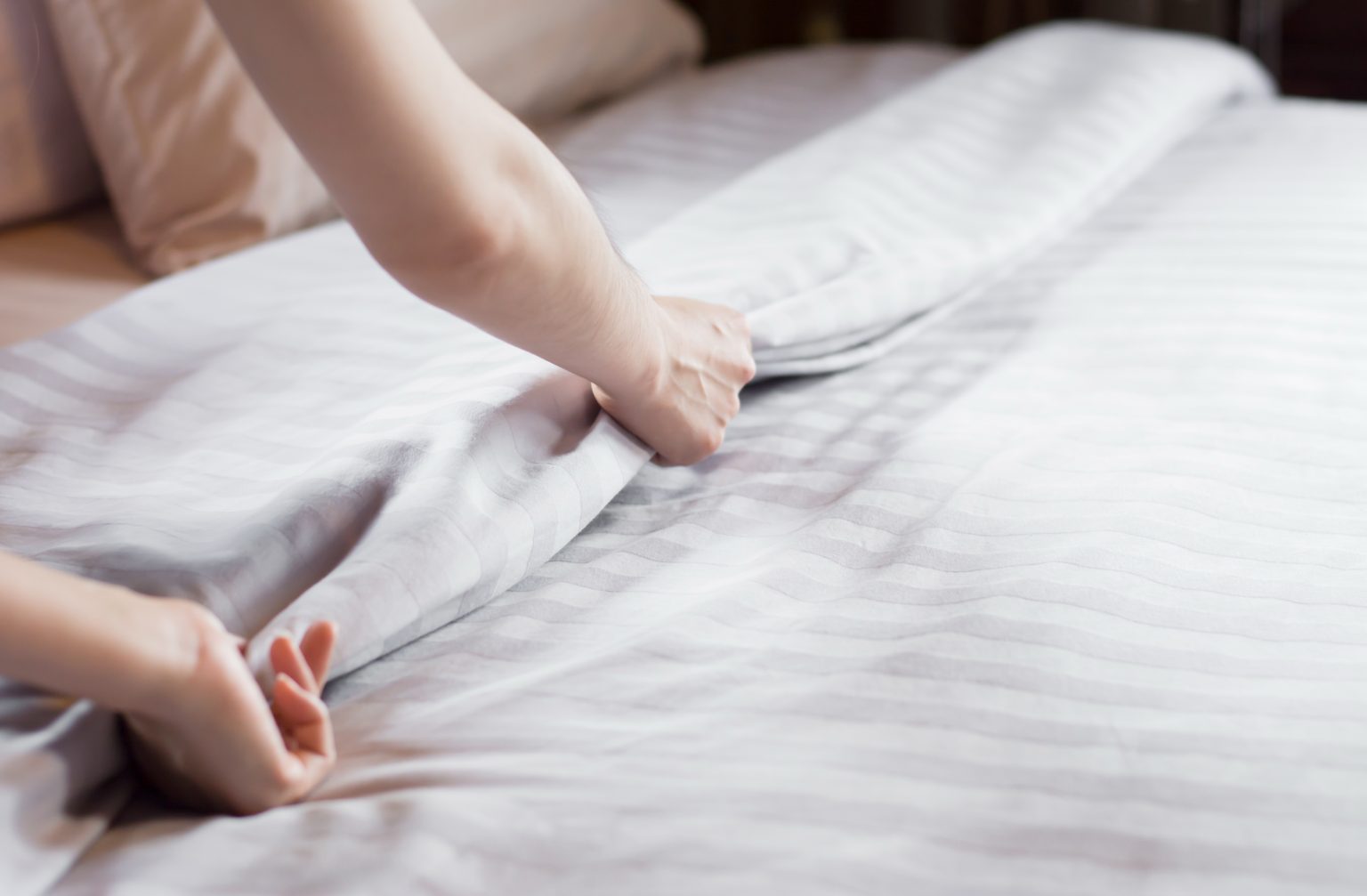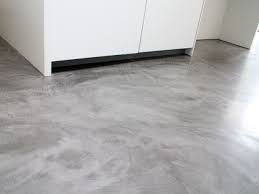When it comes to creating a comfortable and luxurious bedroom environment, the bedding you choose plays a vital role. Among the various elements that contribute to a cosy bed, the thread count of sheets stands out as a crucial factor. Thread count is a term frequently thrown around when discussing bedding, and it holds particular significance when it comes to luxurious options like silver throws for beds. In this article, we will explore the purpose of thread count for sheets, its significance, and whether it is the sole indicator of sheet quality.
Understanding Thread Count
Thread count refers to the number of threads woven into a square inch of fabric, including both horizontal (weft) and vertical (warp) threads. The thread count is usually mentioned as a two-digit number, such as 200, 400, 800, and so on. Traditionally, a higher thread count indicates superior quality, implying that the fabric is softer, more luxurious, and more durable. This belief has led many consumers to seek out sheets with the highest thread count possible. However, there is more to the story than just a simple number.
The Purpose of Thread Count
The primary purpose of thread count is to provide an idea of the sheet’s density and smoothness. A higher thread count typically means that more threads are packed into every square inch, resulting in a smoother and softer texture. When the threads are tightly woven, the sheet becomes more durable and less prone to wear and tear.
The Myth of Higher Thread Count
Contrary to popular belief, an excessively high thread count doesn’t necessarily equate to better-quality sheets. In reality, thread count alone should not be the sole factor in determining the comfort and durability of your sheets. Some manufacturers employ misleading practices using multi-ply threads or creative weaving techniques to inflate the thread count artificially. This can result in sheets that feel heavy, stiff, and even less breathable than those with a more genuine thread count.
The Relationship between Thread Count and Comfort
Thread count can impact the feel of the sheets to some extent. Higher thread count sheets tend to feel softer and smoother because they have a tighter weave. The increased number of threads allows for a finer and more intricate weave pattern, resulting in a luxurious touch against the skin.
The Role of Fiber Quality
While thread count does play a role, the type and quality of the fibres used in the sheet’s construction are equally, if not more, important. Sheets can be made from various materials, such as cotton, linen, bamboo, silk, and synthetic blends. Each fibre type has its unique characteristics, affecting the overall feel and performance of the sheets.
Cotton is one of the most popular choices due to its softness and breathability. The best cotton sheets are made from long-staple cotton, like Egyptian or Pima cotton, which produces smoother, more durable, and less prone to pilling sheets. The quality of cotton matters significantly, and high-quality long-staple cotton sheets with a moderate thread count can often outperform lower-quality sheets with a higher thread count.
Weave Type and its Impact
The weave of the fabric also influences the feel and texture of the sheets. Common weave types include percale and sateen. Percale sheets are woven with a simple one-over-one-under pattern, resulting in a crisp, cool, and breathable fabric. On the other hand, sateen sheets are woven with a four-over-one-under pattern, giving them a smoother and more lustrous finish with a slightly warmer feel.
Percale sheets usually have a lower thread count (200-400) but can feel just as soft and luxurious as sateen sheets with a higher thread count (400-800). Therefore, it is crucial to consider both the thread count and weave type when selecting sheets that suit your preferences.
Comfort and Personal Preference
Ultimately, the purpose of thread count is to give consumers a general idea of the fabric’s density and smoothness. However, personal comfort preferences play a significant role in selecting the perfect sheets. Some people prefer the crispness of percale, while others enjoy the silky feel of sateen. Furthermore, the ideal thread count may vary depending on climate and personal sleep habits.
Breathability and thread count are inversely related – higher thread count sheets may retain more heat and be less breathable, which could be uncomfortable in warmer climates. On the other hand, lower thread count sheets often offer better airflow and are more suitable for hot sleepers.
The purpose of thread count for sheets is to measure the number of threads woven into a square inch of fabric. It is commonly used as a marketing term to indicate the quality and perceived luxury of bed sheet. A higher thread count is often associated with better quality and softer sheets.
However, it’s essential to understand that while thread count can be a factor in determining the overall feel of the fabric, it is not the only indicator of sheet quality. Other factors, such as the type of fiber used, the weaving technique, and the finishing processes, also play a significant role in determining the comfort and durability of the sheets.
Conclusion
In conclusion, the thread count of sheets is just one of several important factors to consider when purchasing new bedding. While it provides a rough idea of fabric density, it should not be the sole determinant of sheet quality. The type and quality of the fibres used, along with the weave type and personal comfort preferences, all play vital roles in determining the best sheet for you.
When shopping for sheets, always prioritise the material’s quality and select the one that aligns with your preferred sleep experience. A moderate thread count with high-quality, long-staple cotton and a weave that suits your preferences may well provide a more comfortable and durable bedding option than a higher thread count sheet made from lower-quality materials. Ultimately, the purpose of thread count is to serve as a guide, but it is not the definitive factor in determining the perfect sheets for a good night’s sleep.
A higher thread count doesn’t necessarily guarantee superior sheets. In some cases, manufacturers may use multiple-ply threads, which artificially inflate the thread count without necessarily improving the sheet’s quality. When choosing sheet, it’s essential to consider thread count along with other factors like fabric type (cotton, linen, etc.), weave (sateen, percale, etc.), and personal preferences. Ultimately, the best sheet for you will depend on your comfort preferences, climate, and budget.



